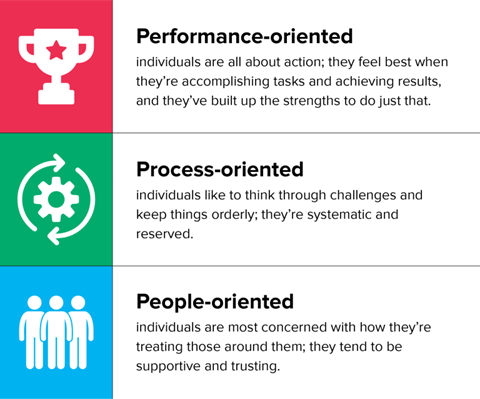ATD Blog
Building Authentic Relationships While Working Remotely
Thu Sep 01 2022

Building authentic relationships takes more intention while working remotely. Learn how to do it successfully.
As a result of the pandemic, a riddle has been presented to leaders: How do we want to lead differently now that we’ve had that experience?
It’s tempting to focus on efficiency. If organizations cut back on office space and people cut back on commuting, organizations can save time and money while giving employees freedom and flexibility. Sounds good, right?
But people don’t thrive under systems that are purely designed to maximize efficiency; we’ve known this since Henry Ford leveraged scientific management in the assembly line. People thrive under systems that provide meaningful interactions where they’re seen, valued, and heard. Absent meaningful interactions, employees become disengaged and may also suffer in their personal lives due to the loss of meaning in their work.
Naturally, these kinds of interactions are easier when everyone comes together to work under one roof. Things aren’t going back to the way they used to be, though. So, how do we build authentic relationships while working remotely or on a hybrid schedule?
We must commit to knowing what matters most to the people we’re collaborating with. This insight was previously good to know; now, it’s essential. Without it, teams won’t have enough trust and commitment to survive conflict or innovate.
While working remotely or on a hybrid schedule, we don’t spend as much time getting to know coworkers—and building authentic relationships takes time. We need to accelerate the process of gaining insight into our colleagues and building trust.
Customizing Remote Collaboration
A productive work relationship builds trust, generates commitment, and drives results.
The desire to build authentic, productive work relationships hasn’t changed with the shift to working remotely, but the process has. And, like most complex challenges, there’s not a one-size-fits-all solution for how to build them.
Some organizations collaborate like a football team, with everyone pooling their strengths to push toward a common goal. Others collaborate like a track team, with different teams and individuals working solo, and others cheering them on.
The necessary level of coordination at your organization will influence how much remote and in-person work your culture needs, which will influence how you build authentic work relationships. Each person must be trained to understand what matters most to the people they’re collaborating with, whether through a screen or in a conference room.
Understanding Colleague Motivations
So, how do people find out what matters most to everyone they work with? It starts with understanding three core motives:
Performance
Process
People

Everyone has all three motives at some level; however, some people have one primary motive, others have two, and a few people value all three motives equally.
Understanding these core motives becomes critical in a remote setting, but coming to that understanding is harder because we don’t run into people in the hallway anymore. We have to be more intentional about learning our colleagues’ motives and values if we want to build authentic relationships while working remotely.
Learning your colleagues’ motives can help you accomplish many things:
Help every person feel seen, valued, and heard.
Achieve smarter collaboration.
Improve employee engagement.
Gain a better sense of psychological safety.
Develop a better sense of purpose.
Establish trust faster.
Motivation is just one lens people have on the world, but it’s a very important one in a professional setting; it can help colleagues (who may never have met in person) understand what gives other people purpose and meaning, which, according to a recent Microsoft report, 40 percent of employees ranked as “very important” to them.
Using Meetings to Your Advantage
Much of remote collaboration happens in scheduled meetings. Meetings have become very efficient over the past couple of years with people joining at the appointed time, sticking to the agenda, and leaving immediately afterwards without any casual chatting.
But efficiency doesn’t create thriving employees. And at a time when employees are quitting en masse, employers can’t afford for them not to thrive.
Organizations need to create new team norms for remote or hybrid meetings by sparking informal discussions that reveal motivation and foster authentic relationships.
There are a few ways to create opportunities for these informal discussions:
Take a few minutes to generate conversation around a virtual watercooler, where you find out how people are feeling and what’s on their minds outside of work.
Go around the “room” to let everyone share one thing that gave them meaning in the last week.
Ask everyone to share one thing they’ve recently learned from someone different from themselves.
Give people an opportunity to ask for help and to offer help to someone who might need it.
Ask everyone to share a recent problem they solved and the strengths they used to solve it.
Taking the time to have these conversations is one of the most valuable things you can do as a leader. It gives people a chance to build authentic relationships when they’re isolated from each other and tap into a deeper sense of purpose at work.
You've Reached ATD Member-only Content
Become an ATD member to continue
Already a member?Sign In

